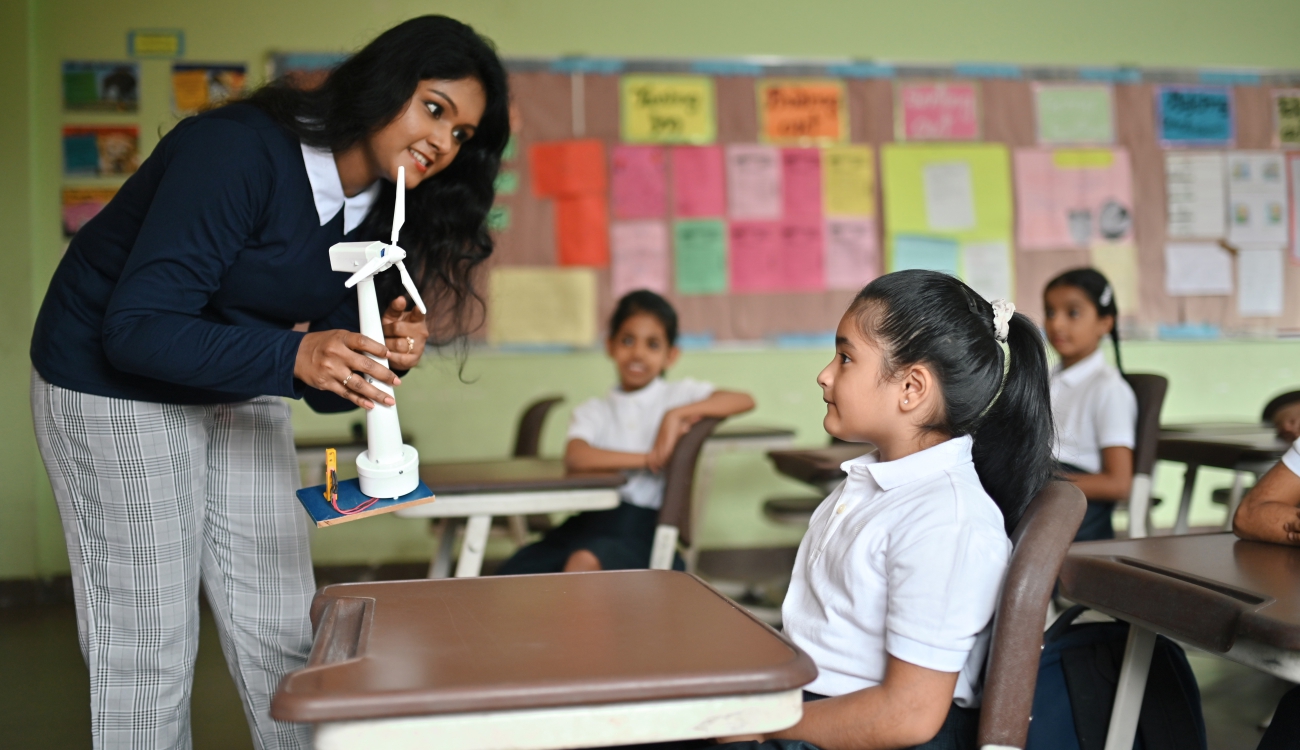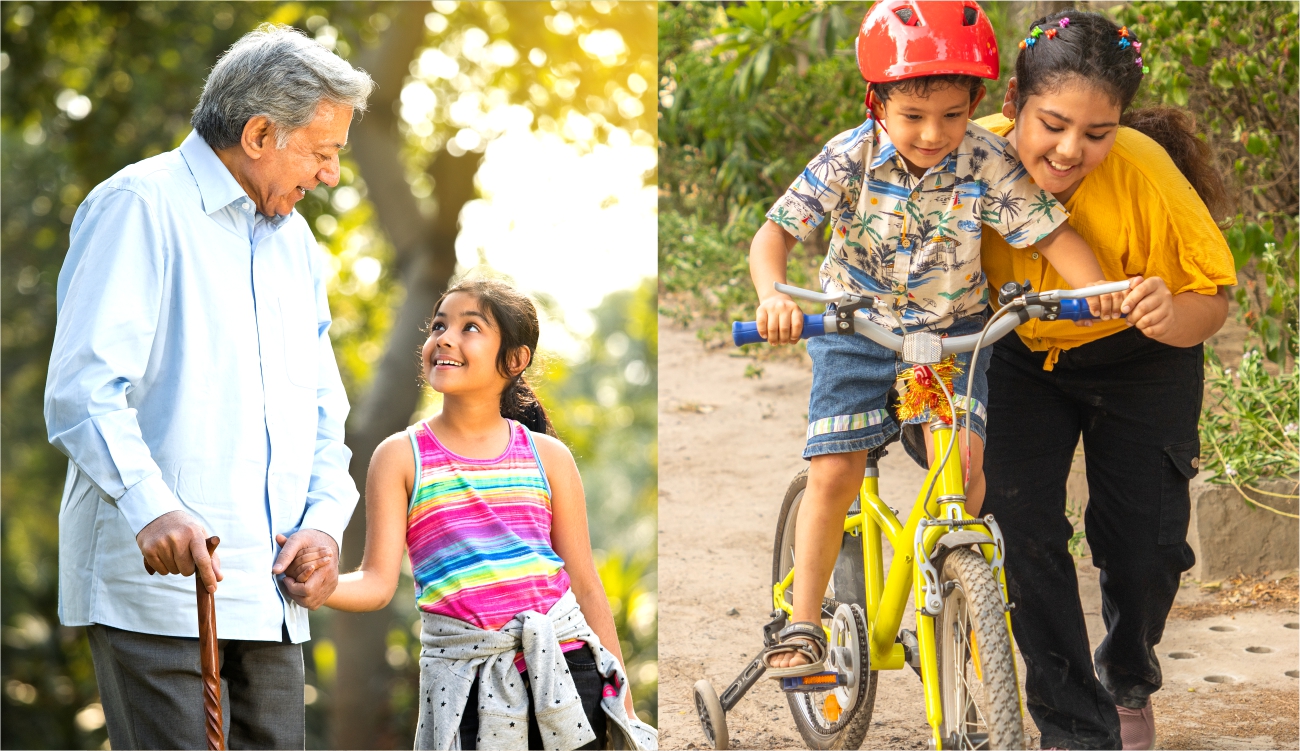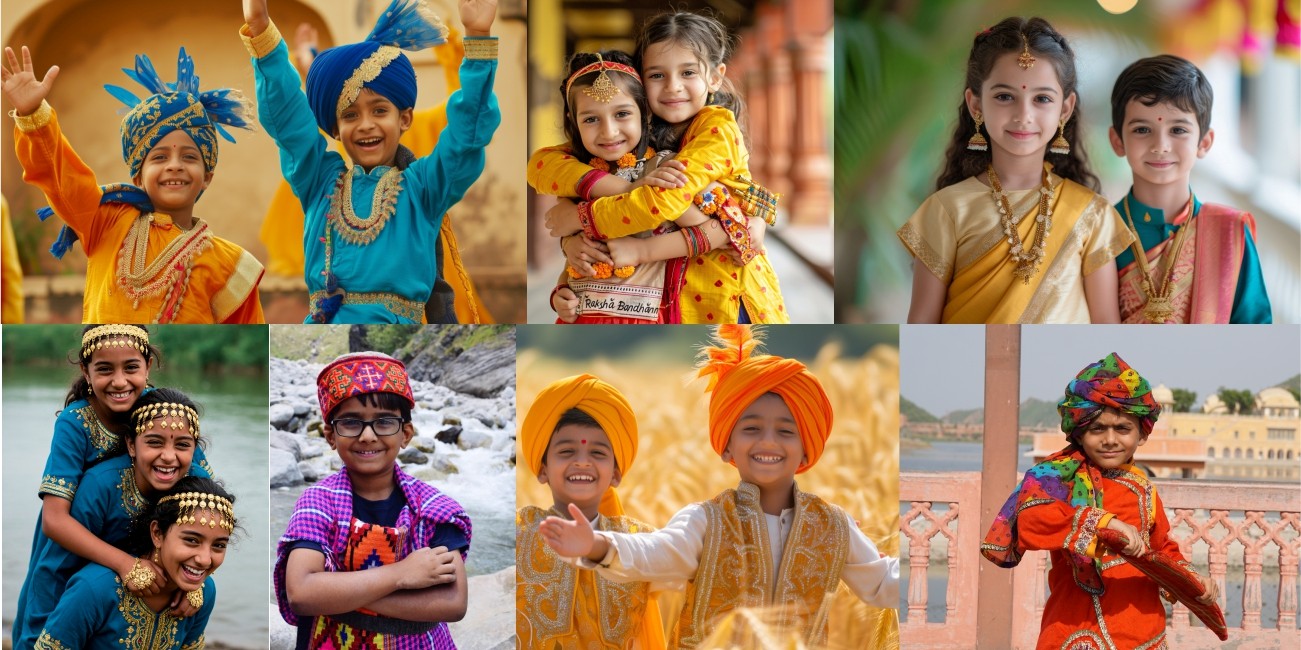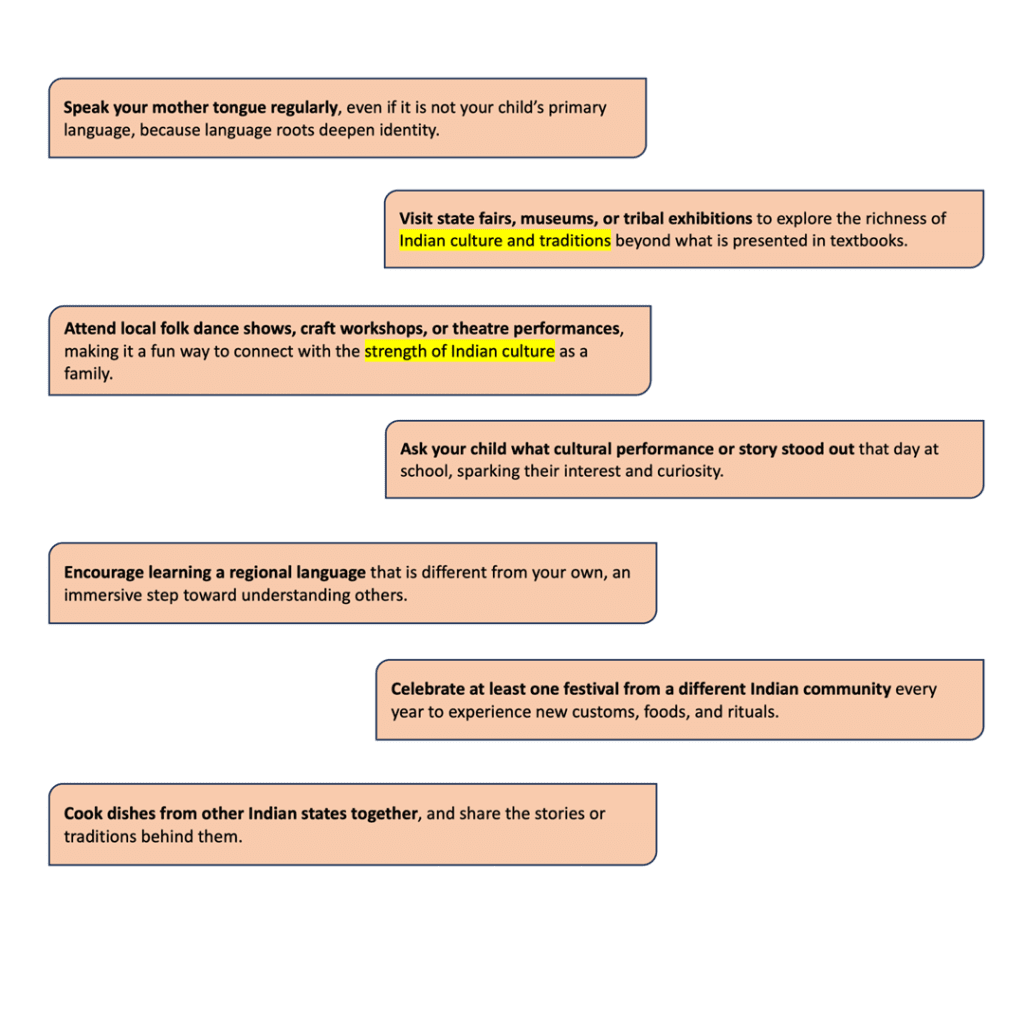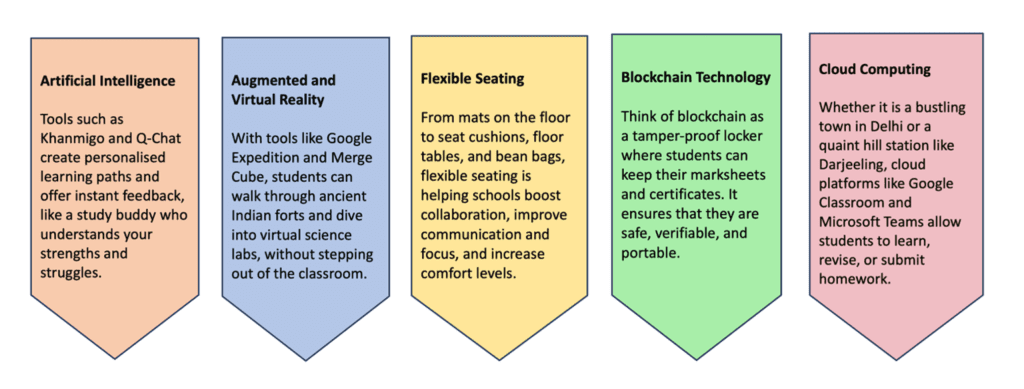![]()
Remarkable journeys of teachers who proved that one act of belief can change the future.
| In this article, you’ll explore: • Illuminating the path: The power of great teachers Inspirational stories of renowned teachers > Savitribai Phule > Anne Sullivan > Dr. A. P. J Abdul Kalam • The one-man mission: Rajnikant Mendhe’s journey of grit > Ziauddin Yousafzai > Geoffrey Canada • Remembering Kashibai: A martyr in education > Ranjitsinh Disale > Anand Kumar > Sonam Wangchuk • Aditya Kumar: The Cycle Guruji • Teachers in the age of tech and transformation |

In a world that celebrates business victories and corporate success, the quiet yet powerful impact of teachers is often overlooked. Yet, behind every curious mind is an educator who believed and sparked change. These are the life-changing teacher stories that don’t make headlines but shape futures in unexpected ways.
Illuminating the path: The power of great teachers
Ask anyone who has achieved something meaningful, and they will tell you: somewhere, a teacher believed in them first. Influential teachers shape a student’s sense of self-worth and help them become their most confident self.
A 2025 Exploring the Role of Empathy in Student Mental Health Outcomes research article by Frontiers in Psychology states that higher levels of perceived teacher empathy correlate with reduced stress, anxiety, and depression while enhancing student engagement in learning activities.
As we go back in time to explore India’s vast educational landscape, with 1.5 million schools and 250 million students, what emerges are not only numbers, but inspirational names. Names of passionate educators who have altered the arc of a child’s destiny.
Inspirational stories of renowned teachers Celebrating impactful educators is about honouring their untold triumphs. Here are seven noteworthy life-changing teacher stories which are stitched with grit, empathy, and extraordinary resilience.
| The one-man mission: Rajinikanth Mendhe’s journey of grit Rajinikanth braves a 50-kilometre journey through slippery mud trails and cliffs just to reach the children of Chandar, a secluded village tucked away in Maharashtra’s Velhe taluka. He has been the only government teacher there for eight years, showing up daily to teach just one student. Till date, his commitment to a single child reminds us that impact isn’t measured in crowds; it is measured in care. |
| Ziauddin Yousafzai: A father who taught the world Malala Yousafzai’s courage is known worldwide, but one of the influential teachers behind her is her father, Ziauddin Yousafzai. He is an educator who continued to run a school in Swat Valley despite threats from the Taliban, refusing to let fear stand in the way of learning. He championed girls’ education and emphasised the importance of providing every girl with free, safe, and quality education. |  |
| Geoffrey Canada: An educator who reimagined Harlem In Harlem, USA, where poverty and crime affect futures, Geoffrey founded the Harlem Children’s Zone, a nonprofit organisation for children and families living in Harlem. This organisation integrates education with social services, family support, and college preparation in one seamless ecosystem. His story is taught at Harvard, but lived every day in Harlem. |  |
| Remembering Kashibai: A martyr in education In 1880, Dr. Vishram Ramji Ghole built a water fountain in Pune in memory of his daughter, Kashibai, who was poisoned when she was eight years old for attending one of India’s earliest girls’ schools. The fountain, topped with a doll statue symbolising her nickname “Bahuli”, became a poignant reminder of the sacrifices made for women’s education. |
| Aditya Kumar: The ‘Cycle Guruji’ Known as the ‘Cycle Wale Guruji’, Aditya Kumar from Lucknow has been providing free education to children since 1995. Riding approximately 60-65 kilometres daily on his bicycle, he carries a portable blackboard, teaching wherever children are willing to learn. |
Teachers in the age of tech and transformation
Today’s classrooms have evolved. Screens have now replaced blackboards, and Artificial Intelligence (AI) competes with human instruction. But even amidst these shifts, the role of a teacher remains irreplaceable. Because while machines can inform, only humans can inspire.
Teachers today are not only instructors but also digital navigators, emotional anchors, and lifelong learners themselves. From adapting to hybrid classrooms to incorporating mental health modules into everyday lessons, they continue to rise to the occasion.
The National Education Policy 2020 Teacher and Teacher Education mentions that the high respect for teachers and the high status of the teaching profession must be revived and restored for the very best to be inspired to enter the profession, for teachers to be well motivated and empowered to innovate, and for education to therefore reach the heights and levels that are truly required to ensure the best possible future for children and the nation.
However, what unites these passionate teachers’ journeys isn’t the fame, degrees, or glowing accolades. It is the transformative power of empathy. From remote villages to conflict zones, these real-life stories of successful teachers echo a single belief that every child, no matter their circumstances, deserves to be seen, heard, and empowered through learning.
So, the next time the school bell rings, pause. Because somewhere, a teacher is rewriting someone’s future – often with nothing more than a handwritten note. These are the unsung heroes who are shaping the future leaders. Let’s honour them, not just on Teacher’s Day, but every day. Behind every engineer, artist, and doctor is a teacher who once said, “You can”. And that whisper became a belief for someone. These real-life stories of successful teachers aren’t footnotes in history; they’re force multipliers of human potential.
